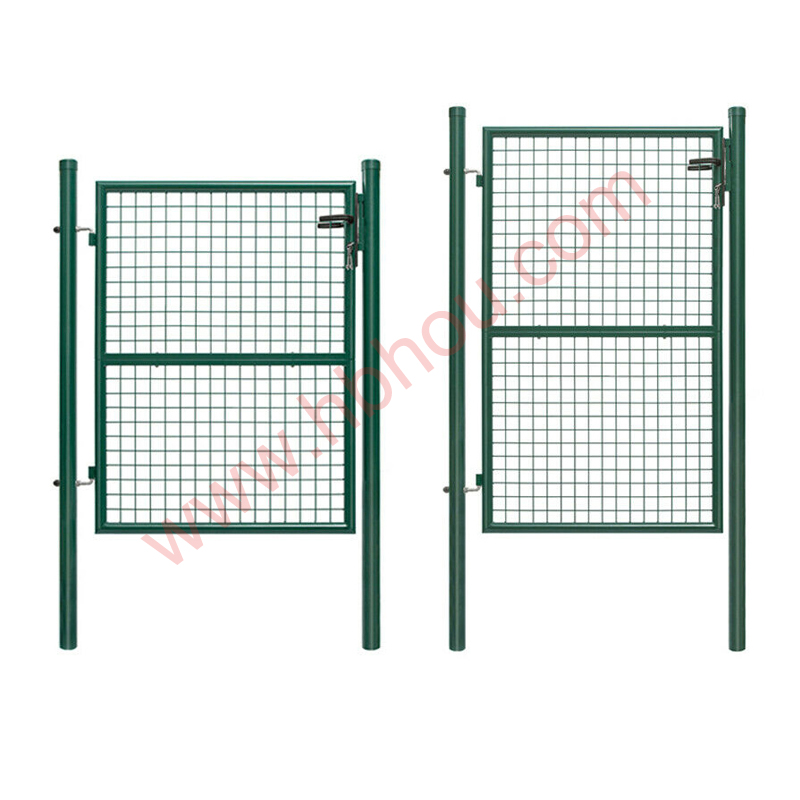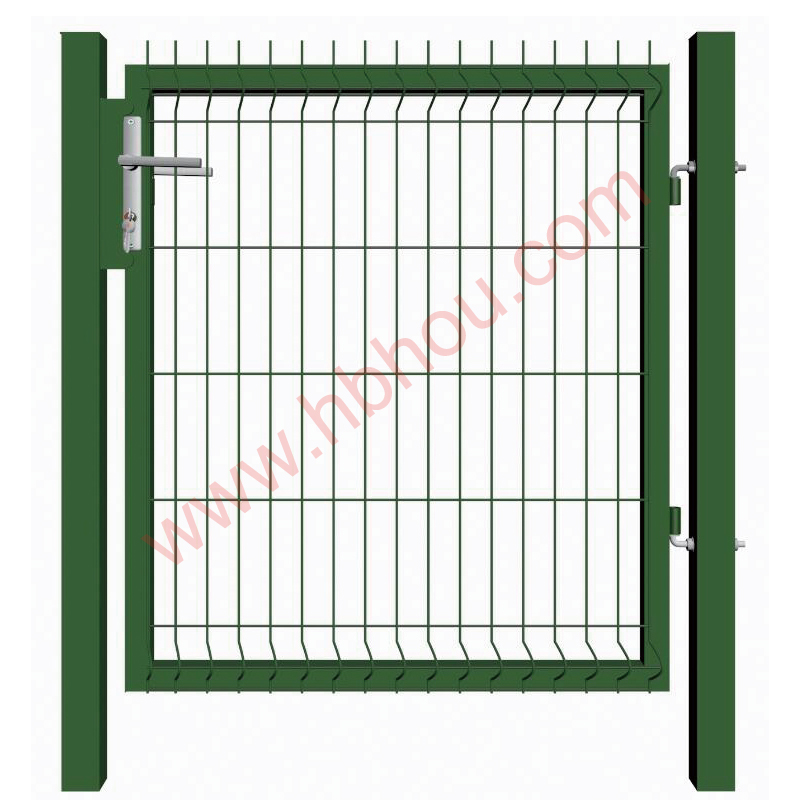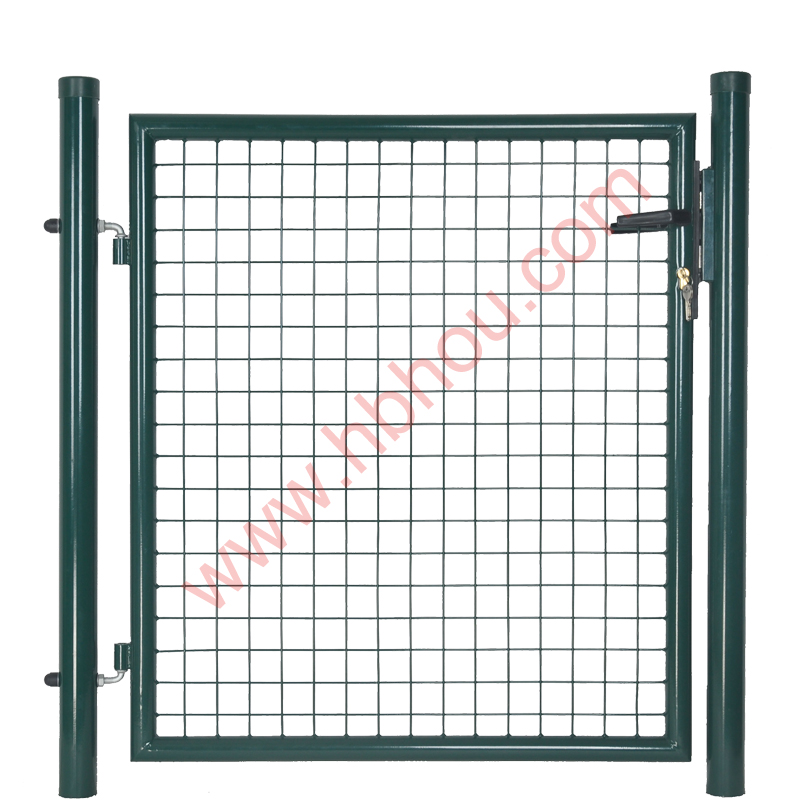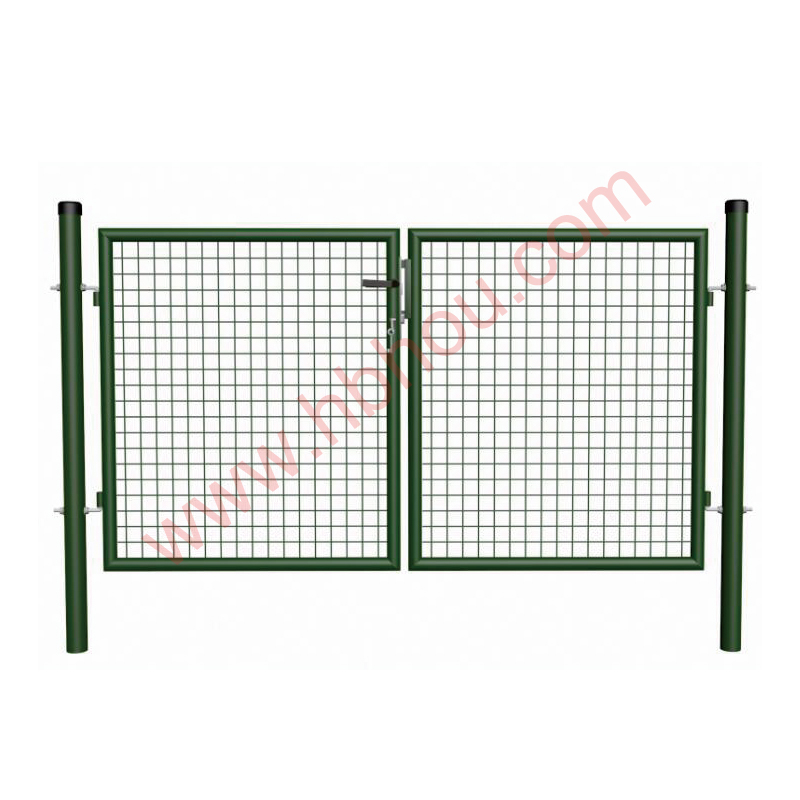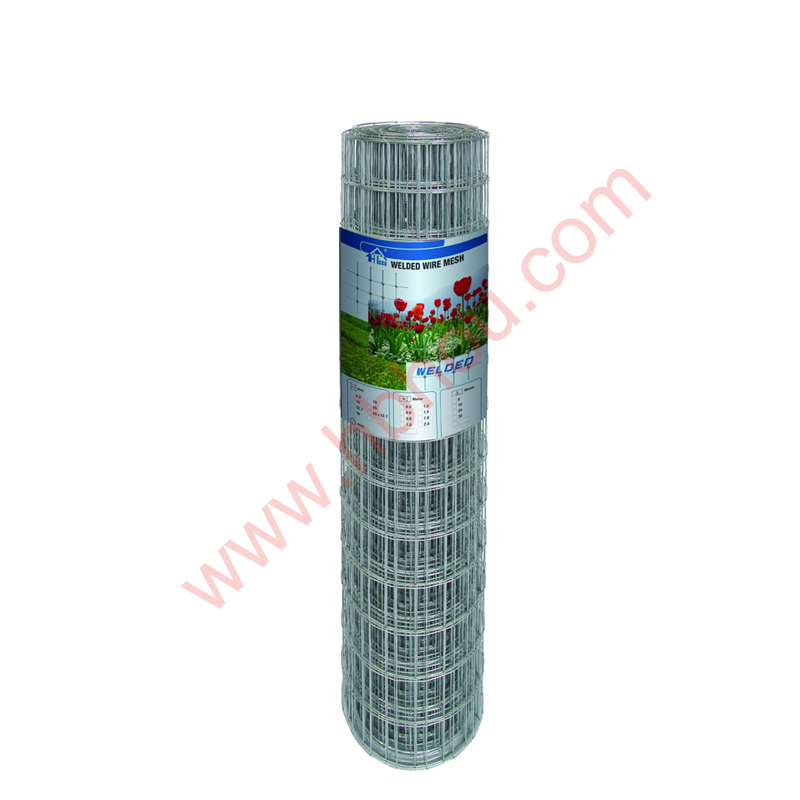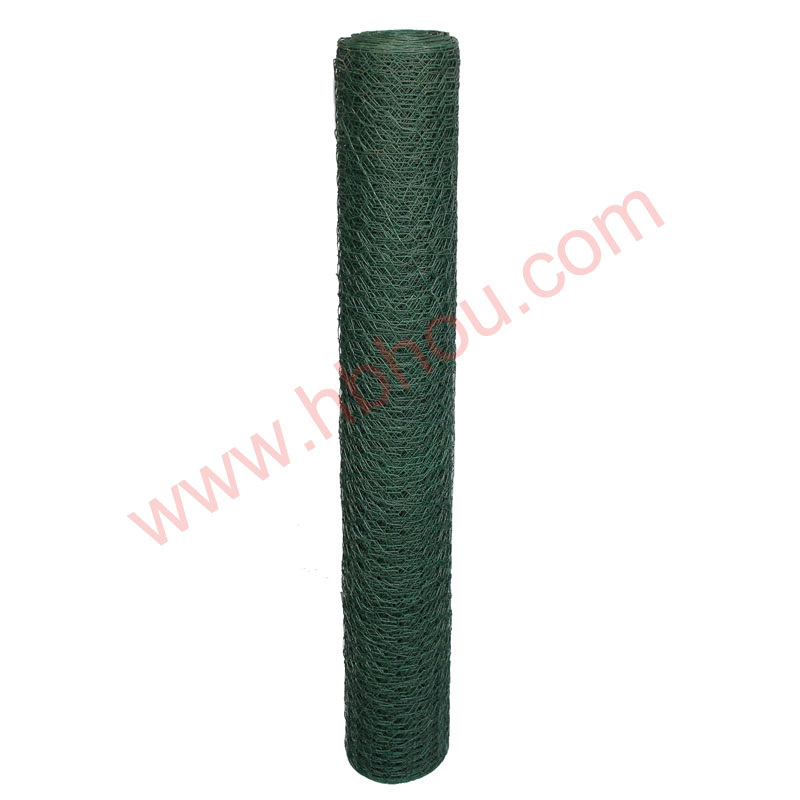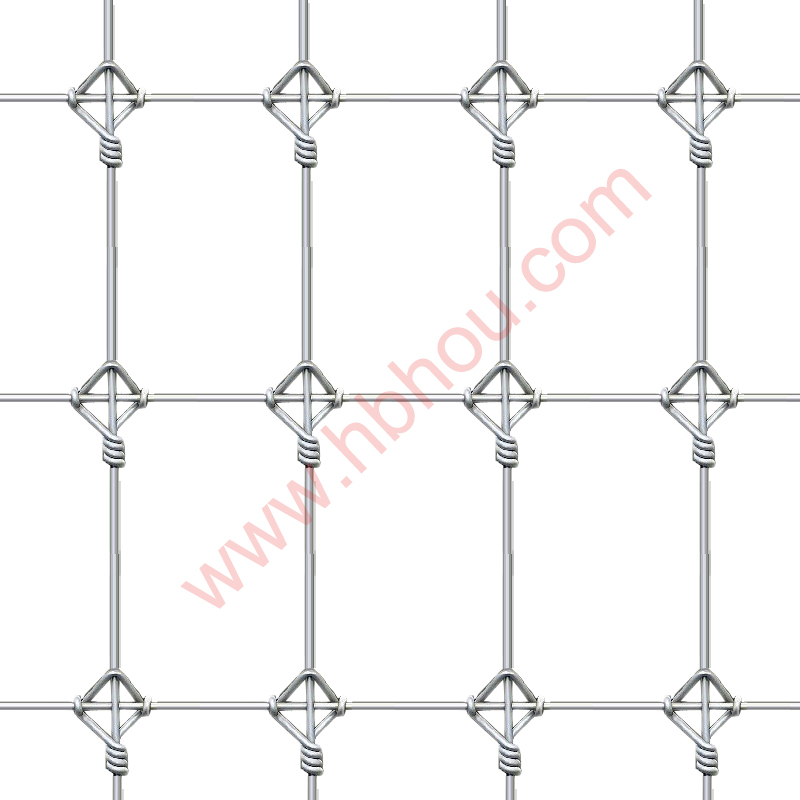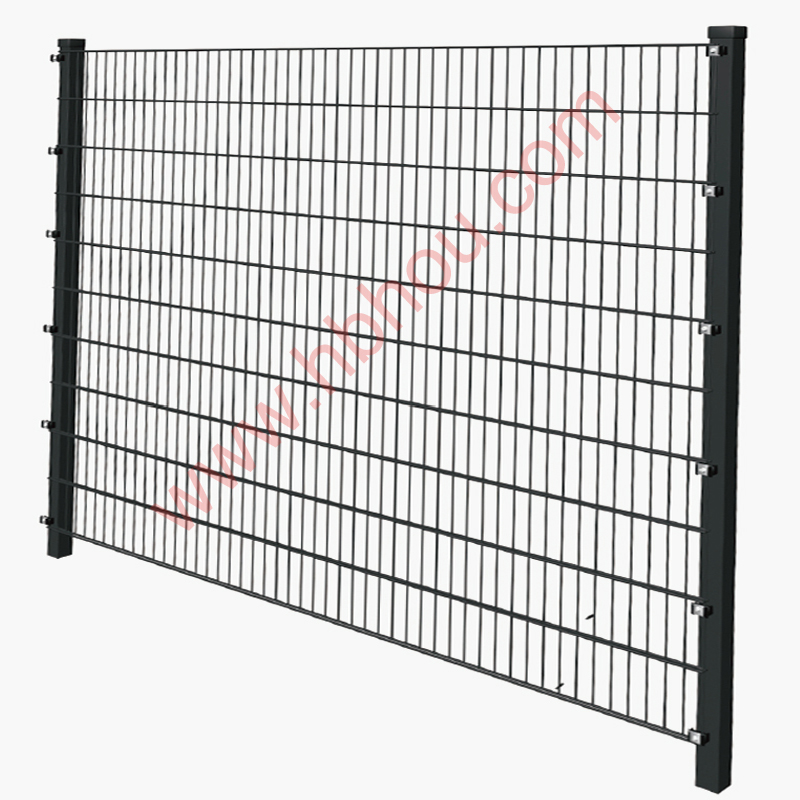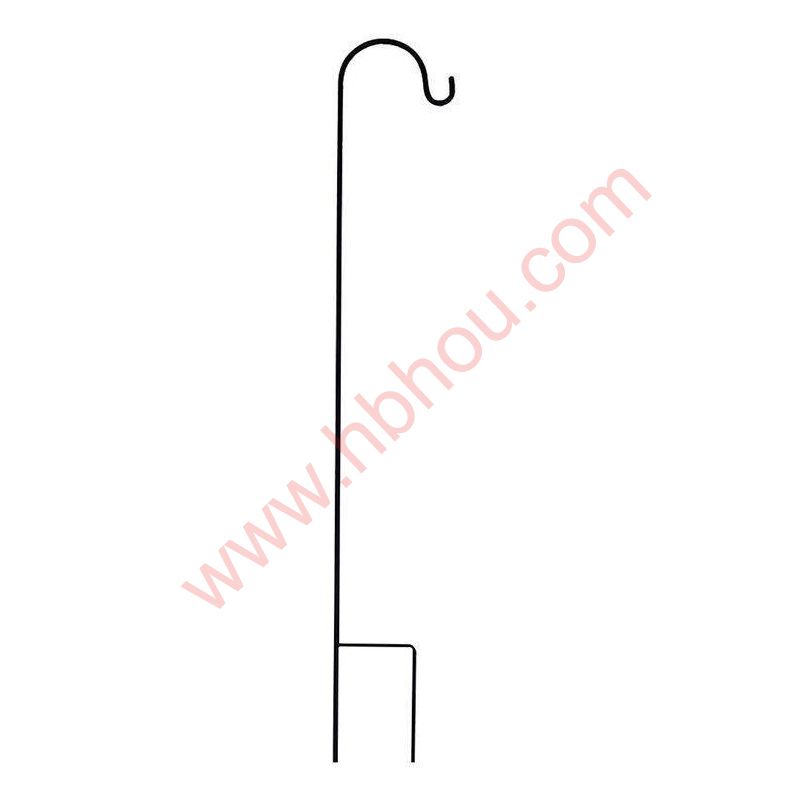An Introduction to 1800 Fence Panels: What They Are and Why They Matter
Ever glanced at a sturdy fence and wondered what exactly holds it together—or why it’s designed a certain way? That’s where 1800 fence panels come into play. They’re more than just boundary markers; these panels are fundamental components in securing properties, shaping landscapes, and even supporting industrial and humanitarian efforts worldwide.
Why does this matter? Well, in a world grappling with rapid urbanization, increasing security concerns, and evolving safety standards, understanding the role and benefits of 1800 fence panels can shed light on how modern fencing solutions contribute to sustainable and scalable protection. Let’s unpack what these panels really do and why they’re gaining traction globally.
Global Relevance: The Rising Demand for Reliable Fencing Solutions
Globally, infrastructure development and land management are booming. According to the United Nations, around 68% of the world’s population is projected to live in urban areas by 2050. That means fences aren’t just for suburban backyards anymore—they’re vital for industrial sites, public spaces, refugee camps, and disaster-stricken areas.
However, challenges arise: local governments and industries often struggle with fencing solutions that are either too expensive, not durable enough, or too difficult to deploy quickly in emergency scenarios. This is where 1800 fence panels enter the scene as a practical answer — offering a balance between cost, durability, and ease of installation.
What Exactly Are 1800 Fence Panels?
Simply put, 1800 fence panels are modular fencing units sized approximately 1800mm in height (roughly six feet). They’re designed to be interconnected, providing a consistent and robust barrier for various needs. Unlike traditional fencing, which might be custom-built on-site with mixed materials, these panels come manufactured to standard dimensions, allowing for quick installation and uniformity.
In industry or humanitarian contexts, 1800 fence panels are often used for perimeter protection around construction sites, temporary shelters, agricultural fields, or even large events. Their modularity means they can be scaled up or down depending on the site’s size, which is invaluable when conditions or security requirements change suddenly.
Mini Takeaway:
1800 fence panels represent a balanced blend of standardization and flexibility, serving purposes that range from everyday security to emergency response.
Core Components and Key Factors Behind Their Popularity
1. Durability
Most modern 1800 fence panels are made from galvanized steel or powder-coated metals that resist rust and wear. This choice of material ensures the panels can withstand harsh weather conditions and extended outdoor use without significant degradation.
2. Scalability and Modularity
You can join these panels seamlessly to cover vast areas or create smaller, secure compartments. Their uniform size makes it easy to customize lengths or shapes without complicated modifications.
3. Cost Efficiency
Pre-fabricated 1800 fence panels are generally more cost-effective than bespoke fencing because they reduce labor time and material waste. Purchasing standardized units often leads to better pricing and simplified logistics.
4. Ease of Installation
Thanks to their modular design, 1800 fence panels are popular for situations that call for quick deployment, such as event fencing or disaster relief operations.
5. Security and Safety
With heights typically around six feet and sturdy construction, these panels act as a deterrent to trespassers, keeping sites secure. Additionally, panels can be fitted with accessories like barbed wire or sensors to enhance protection.
Mini Takeaway:
- Durability and modularity are at the heart of 1800 fence panels’ success.
- Their balance of cost and ease of use makes them versatile for many industries.
Versatile Global Applications: Where 1800 Fence Panels Shine
Let’s get real: these panels show up everywhere. In industrial zones from Southeast Asia to Europe, they define secure perimeters around factories and warehouses. In humanitarian contexts, NGOs use them as part of refugee camp infrastructure or emergency shelter boundaries — where speed and reliability are critical.
In Australia’s mining fields, 1800 fence panels enclose equipment to prevent accidents. Meanwhile, European city planners rely on them during outdoor events or construction phases for crowd control and temporary barriers.
Recently, disaster relief agencies deploying aid in post-flood or earthquake regions have praised these panels for being quick to install, reusable, and sturdy enough to keep displaced populations safe yet free from the feeling of prison-like confinement.
Mini Takeaway:
From heavy industry to humanitarian crises, 1800 fence panels are a trusted tool for security and controlled access management.
Understanding the Advantages and Long-Term Value
The benefits of these panels go beyond just “fencing.” Stability, minimal maintenance, and fast deployment translate into significant cost savings over time. Equally important are the intangible values: providing safety to workers, residents, and communities fosters trust and dignity — something especially vital in sensitive contexts like refugee camps or schools.
Moreover, many suppliers offer eco-friendly finishing options or recyclable materials, aligning with global sustainability trends. So using these panels can tick the “green” box, too, which is increasingly demanded by public and private clients alike.
1800 Fence Panels Specification Table
| Specification | Detail |
|---|---|
| Height | 1800 mm (approx. 6 feet) |
| Width | 2500 mm (standard) |
| Material | Galvanized Steel or Powder-coated Steel |
| Finish | Hot-dip galvanization, Powder coat options |
| Weight | Approx. 25-30 kg per panel |
| Installation | Bolt or Clamp on Posts, Modular Design |
Comparing Vendors: What to Look For When Choosing 1800 Fence Panels
| Feature | Vendor A | Vendor B | Vendor C |
|---|---|---|---|
| Material Quality | High-grade galvanized steel | Powder-coated steel | Standard galvanized steel |
| Customization Options | Wide range (colors, sizes) | Limited to size and color | Basic panels only |
| Delivery Speed | 2-3 weeks | 4-6 weeks | 3-5 weeks |
| Price Range | $$$ | $$ | $ |
| Customer Support | 24/7 technical service | Weekday support only | Email support |
What’s Next? Future Trends and Innovations for 1800 Fence Panels
Green construction is no fleeting fad – eco-conscious design choices, including recyclable materials for panels, are becoming the norm. Some manufacturers are experimenting with composite materials to reduce weight while keeping strength high. Others are integrating smart tech such as embedded sensors that monitor fence integrity or trigger alarms if breached.
Also, automation in installation might become more prevalent, meaning teams could assemble large-scale fence lines with robotics, saving both time and labor costs dramatically.
Addressing Common Challenges and How the Industry Is Evolving
One sticking point with 1800 fence panels is transportation cost—because steel is heavy, shipping bulky panels internationally can be pricey. Innovation in panel design to enable stacking or flattening could help reduce freight expenses.
Another issue is terrain adaptability—uneven or sloped ground makes neat panel installation tricky. Manufacturers and installation teams are improving adjustable post systems and flexible joints.
FAQs: Practical Questions About 1800 Fence Panels
- Q: How long do 1800 fence panels typically last outdoors?
- A: With proper galvanization and maintenance, these panels can last 15-25 years in most climates before significant corrosion or wear appears.
- Q: Are 1800 fence panels easy to relocate?
- A: Yes, their modular design means panels can be disassembled, moved, and reinstalled, making them ideal for temporary sites or events.
- Q: Can they be customized to match branding or colors?
- A: Many vendors offer powder-coating in a wide palette of colors, allowing businesses or organizations to maintain visual consistency.
- Q: Do these panels comply with international fencing standards?
- A: Reputable suppliers design panels to meet or exceed ISO standards related to material strength and safety for fencing products.
- Q: Is it possible to add security features like barbed wire or sensors?
- A: Absolutely – many panels come accessory-ready for adding security enhancements like barbed wire, cameras, or motion sensors.
Conclusion: Why 1800 Fence Panels Are So Worth It
In the big picture, 1800 fence panels stand out as a dependable, versatile, and practical fencing solution that fits a wide spectrum of needs worldwide. From industrial safety and urban development to rapid humanitarian responses, their advantages are clear. For anyone looking to invest in fencing that balances cost, durability, ease, and sustainability, these panels deserve serious consideration.
Want to explore options or get a quote? Visit https://www.hbhou.com to learn more and assess what fits your project best.
Final thought:
It’s oftentimes the little components—like a simple fence panel—that quietly hold together the bigger picture of safety, security, and community well-being.

